A home with a tropical look feels warmer and friendlier. One of the simplest ways to create this look is growing the Majesty palm. This palm species is attractive and looks good in almost any home styles. Moreover, Majesty palm care is not difficult to perform once you know more about this plant.
General Information on Majesty Palm
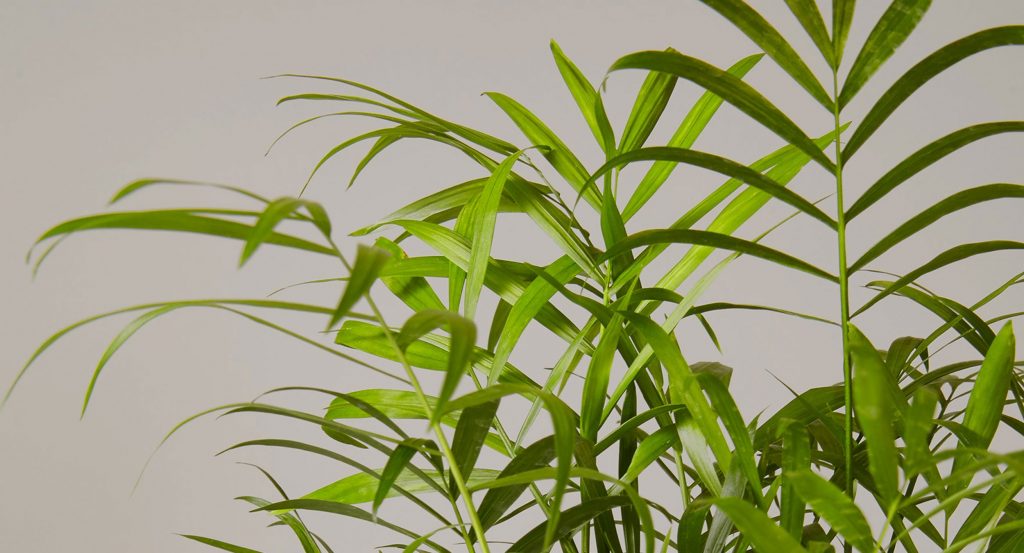
Ravenea rivularis, or commonly known as Majesty palm, originated from Madagascar. In the wild, it commonly grows along riverbanks and near shallow swamps or natural lagoons.
Many people consider it somewhat temperamental to grow. However, you can actually grow Majesty palm outdoors or as a houseplant successfully in the right environment. Now, Majesty palm can be found outside Madagascar since it was introduced as a houseplant in the 1990s in Florida.
Majesty palm is a slow-growing palm when it is grown as a houseplant. Its maximum height is only 10 feet tall. However, this palm species actually has the ability to grow up to 90 feet tall outdoors.
This tropical palm has graceful and feathery fronds. The leaves generally grow erect from the trunk and arch beautifully at the ends forming an attractive crown. Majesty palm was introduced as a houseplant in the 1990s in Florida.
Majesty Palm Growing Environment
Growing a Majesty palm may be quite challenging for you who have never grown this palm before. To minimize the challenge in Majesty palm care, it is essential to know more about the growing environment of this palm.
Light
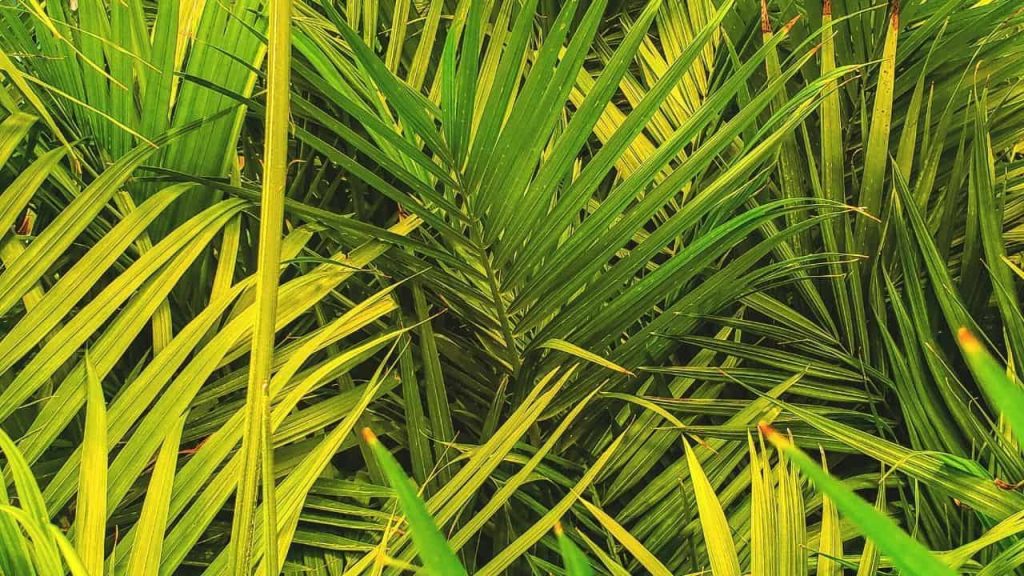
In its natural habitat, the majesty palm thrives under the canopies of taller trees. It adapts to low light levels very well and loves to grow in partial shade.
Temperature and Humidity

The Majesty palm grows well at the temperature of between 45oF and 85oF. In addition, it requires high humidity. If the air around the Majesty palm gets dry, it will encourage insects to attack the palm.
Water
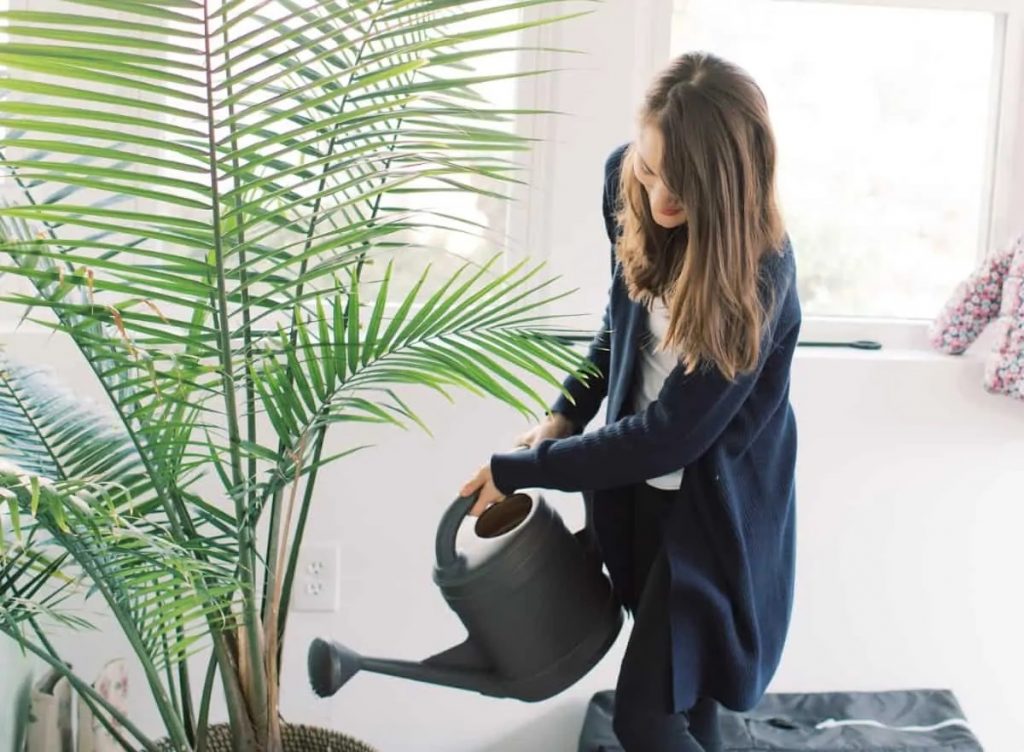
This palm needs regular watering because it thrives in moist soil. Lack of water will cause the leaves to turn brown. Meanwhile, too much water can cause the leaves to turn yellow.
Soil
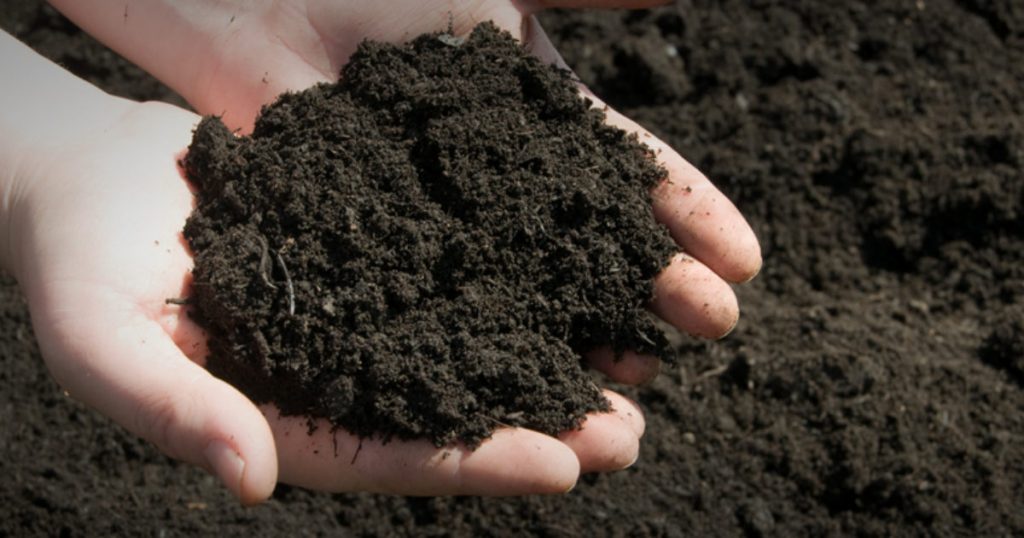
The Majesty palm prefers to grow in acidic soil, pH level of 5.0. In addition, the soil must be moist, but not waterlogged because waterlogged roots will cause yellowing leaves. The soil must also be rich in organic matter so that the palm gets enough nutrients to thrive.
Growing Zones
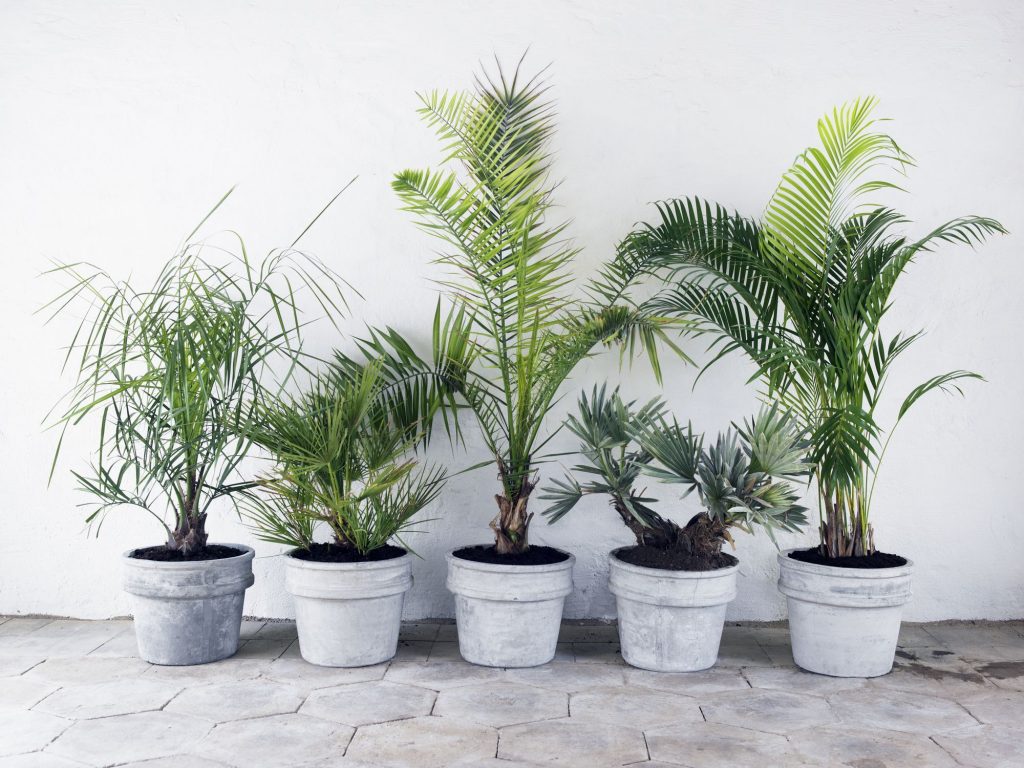
The Majesty palm is a tropical plant so that those who live in tropical areas can grow it. In the US, this palm will thrive in the USDA zones 9 and 11. However, you can also grow this palm in a cooler climate as long as you protect it from the cold temperature of winter.
How to Care for a Majesty Palm
Caring for Majesty palm depends on where you plant it. If you grow this palm as a houseplant, you need to perform indoor Majesty palm care. This particular care is, of course, different from taking care of the outdoor palm.
Majesty Palm Indoor Care

For you who want to decorate your home interior with a potted Majesty palm, you can follow the practice of indoor Majesty palm care below.
Grow it in the Right Container and Soil
Growing a Majesty palm as a houseplant requires you to choose the right container. It must have drainage holes and big enough for the palm to grow.
It is recommended to fill the container with potting mix for cactus and succulents that have been added with extra peat. Many gardeners believe that this mix is an ideal media for the palm to grow. This is what we explained in article how to harvest sunflower seeds too.
Placing the Potted Palm at the Right Spot
It is essential for you to place the potted Majesty palm in a sunny area of your home. This plant will thrive if it gets 4-6 hours of bright indirect sun a day.
Watering Majesty Palm Houseplant
The indoor palm needs a good soak once a week. It is essential to keep the soil moist. If it looks dry, you need to water the soil. In addition, you may need to water it with less amount of water when the palm does not get enough sun.
Additional Moisture in the Winter
When the winter air gets too dry, you need to use a humidifier to make sure that the Majesty palm gets the humidity they need. As an alternative, you can spray the fronds with water. Keeping this palm stay humid will prevent insects to eat the leaves.
Fertilizing the Plant
It is recommended to fertilize the indoor Majesty palm in early spring and late summer. You can use weak liquid fertilizer made of water and cactus fertilizer to fertilize it. Moreover, you need to prevent yellowing leaves by applying Epsom salt once a month.
Potting and Repotting
If your Majesty palm grows too big for its container, it is essential for you to repot the plant. You must be careful in repotting the palm so that it will thrive in the new pot.
Majesty Palm Outdoor Care
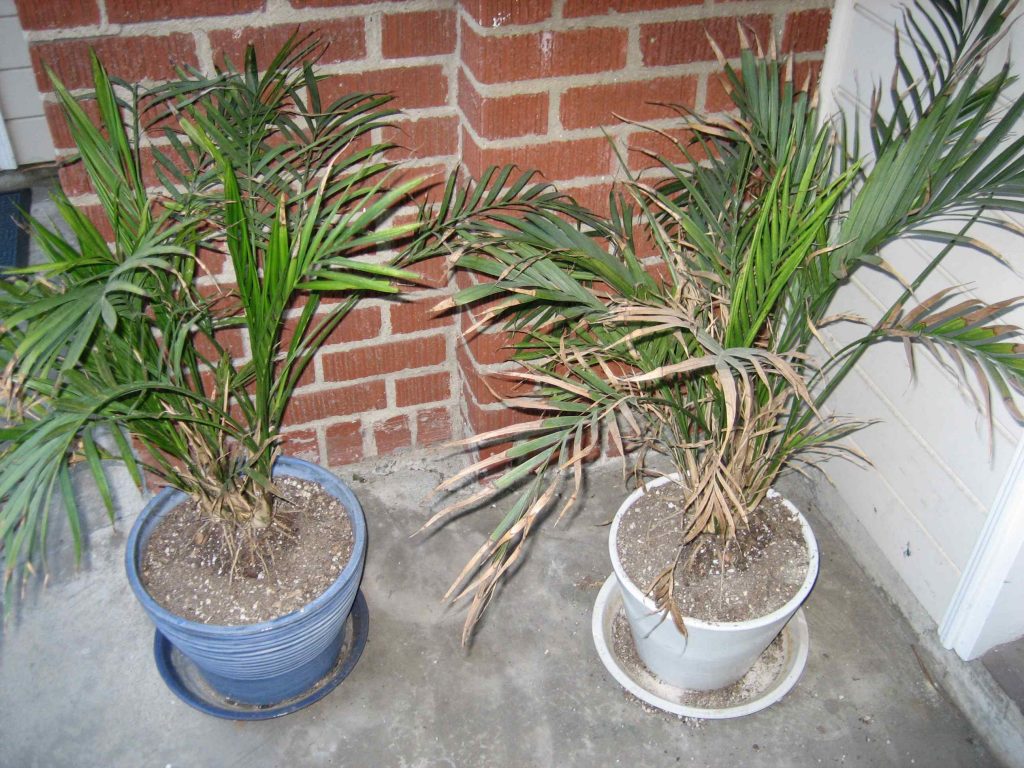
If you want to grow majesty palm outdoors, you need to be prepared to perform the steps of Majesty palm care below.
Grow the Majesty Palm at the Right Spot
A Majesty palm will get yellow leaves when they are exposed to direct sun for too long. Therefore, you need to make sure that you plant the palm in partial shade where it gets plenty of morning sun and shaded from the sun in the afternoon.
This palm species can grow quite tall when planted directly to the ground. Therefore, you need to make sure that it has enough space to grow. If you live in cooler areas, it is recommended to grow the palm in a pot and put it indoor in winter.
Watering
The outdoor Majesty palm will likely need more water than the indoor one. Therefore, you need to water it more often to keep the soil moist.
Fertilizing
The best time to fertilize an outdoor majesty palm is in early spring and late summer. Make sure that you don’t apply too much fertilizer because it can cause yellowing leaves.
The key of Majesty palm care is a balance between fertilization, heat, light, and water. If you cannot balance these aspects, the palm may suffer from disorder, for example yellowing leaves, brown leaves, and stretching out.